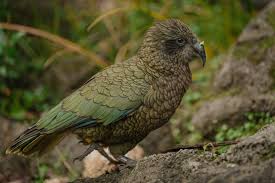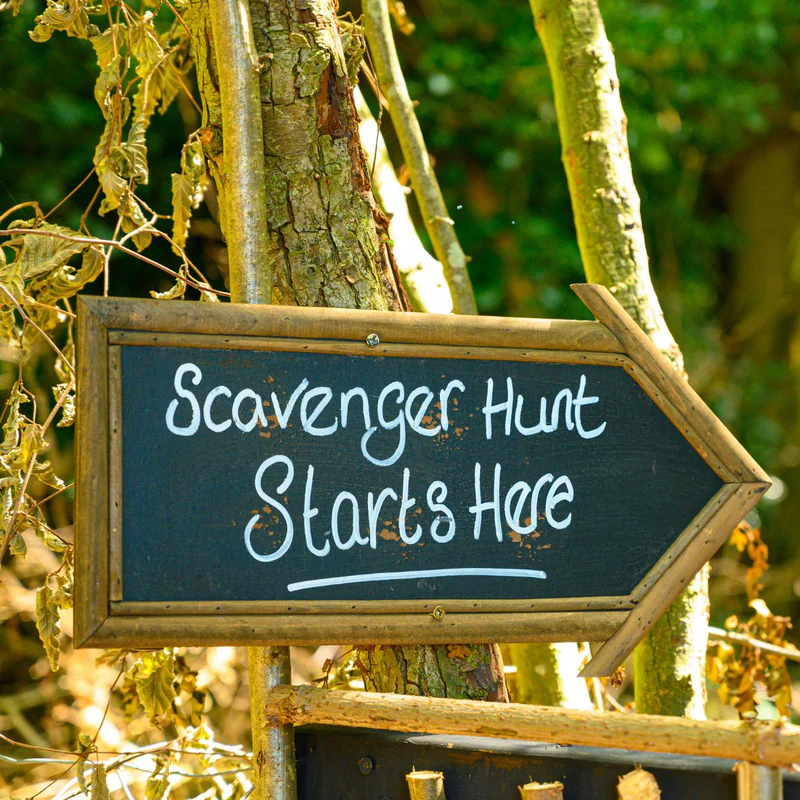
Kea Parrot
Conditions of detention
Kea Parrots require a very spacious aviary that allows for ample movement and exploration. The aviary should mimic their natural environment as closely as possible, providing opportunities for climbing, foraging, and playing. It should be equipped with sturdy perches, climbing structures, and various enrichment activities such as toys and puzzles. Given their strong beaks and inquisitive nature, the aviary must be robust and secure to prevent escape.
Useful Fact: Keas are highly intelligent and need a complex environment to keep them mentally and physically stimulated. They thrive in an enriched environment that challenges their problem-solving skills.
Nutrition and diet
A balanced diet for Kea Parrots includes a mix of fruits, vegetables, seeds, nuts, and specially formulated parrot pellets. They are omnivorous and can eat insects and carrion in the wild. Suitable fresh foods include apples, carrots, berries, leafy greens, and seeds like sunflower and pumpkin seeds.
Useful Fact: Keas require a varied diet to stay healthy and prevent boredom. Offering a mix of different foods daily can help replicate the natural diversity of their wild diet.
Health
Kea Parrots are generally robust birds but can be prone to certain health issues such as obesity, malnutrition, and stress-related behaviors. Regular veterinary check-ups are important for maintaining their health.
Useful Fact: Keas are prone to boredom in captivity, which can lead to stress and feather plucking. Providing adequate mental stimulation and interaction is crucial for their well-being.
Grooming and care
Kea Parrots groom themselves by preening their feathers and enjoy regular baths. Providing a shallow dish of water for bathing or misting them lightly with water can help maintain healthy feathers.
Useful Fact: Keas enjoy playing in water and will often splash around during bath time, which also provides them with enrichment.
Education and training
Kea Parrots are highly intelligent and can be trained to perform tricks, solve puzzles, and interact with their environment. Positive reinforcement techniques work best, and they benefit from mental stimulation and social interaction.
Useful Fact: Keas excel in learning complex tasks and enjoy engaging in activities that challenge their cognitive abilities, such as puzzle toys that dispense treats.
Toys and entertainment
Toys are essential for keeping Kea Parrots entertained and mentally stimulated. They enjoy a variety of toys, including puzzle toys, foraging toys, and toys that encourage chewing and manipulation.
Useful Fact: Rotating toys regularly is crucial to maintain interest and prevent boredom. Keas are known to dismantle toys quickly, so providing durable options is advisable.
Safety
Ensure the living environment is free from hazards such as toxic plants and small objects that could be ingested. The aviary should be secure with appropriate bar spacing to prevent escape.
Useful Fact: Keas are known for their ability to manipulate objects and open locks, so their enclosures need to be secure and well-constructed.
Accessories
Essential accessories include sturdy perches, food and water dishes, and a variety of toys. Natural wood perches of varying diameters are beneficial for foot health.
Useful Fact: Using materials that mimic their natural environment, such as rocks and branches, can provide enrichment and exercise for their strong beaks and claws.
Socialization
Kea Parrots are highly social and thrive in groups. They form strong bonds with their human companions and need regular interaction to prevent loneliness and boredom.
Useful Fact: Keas are naturally inquisitive and enjoy social interactions. They benefit from being housed with other Keas or having plenty of social time with their caretakers.
Travel and Transportation
When traveling, use a secure and well-ventilated travel cage. Acclimate your Kea Parrot to the travel carrier before trips to reduce stress.
Useful Fact: Keas are adaptable but may become stressed in unfamiliar situations. Gradually introducing them to travel can help ease anxiety.
Behavior and psychology
Kea Parrots are intelligent and can exhibit complex behaviors. Understanding their body language and vocalizations is crucial for effective communication and care.
Useful Fact: Keas are known for their playful and mischievous nature. They use a range of vocalizations to communicate and can be quite expressive.
Legal aspects
Kea Parrots are a protected species, and their ownership may be subject to strict regulations. It is important to ensure that any Keas are acquired legally and from reputable sources.
Useful Fact: Keas are listed as a vulnerable species, and international trade is regulated. Always check local and international regulations to ensure compliance with laws regarding pet ownership and conservation.


